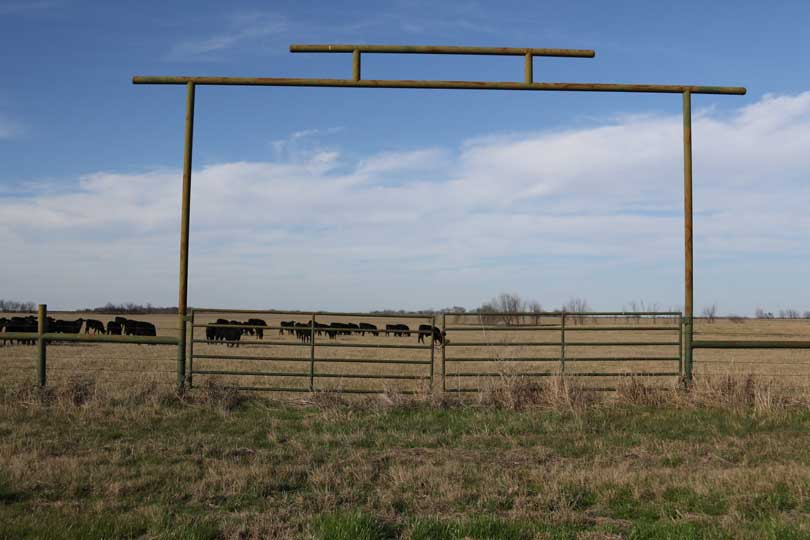By Jessica Domel
Multimedia Reporter
Whether you are a landowner or the person leasing a property, a clear document that outlines the responsibilities of both parties is key to protecting yourself.
Throughout the year, Tiffany Dowell Lashmet, agriculture law specialist for Texas A&M AgriLife Extension Service, and Dr. Greg Kaase, Extension economist, host leasing workshops across the state to help landowners and tenants understand why a lease is needed, what should be in a lease and the value at which a property can or should be leased.
“We need to have lease agreements in writing,” Lashmet said. “I know that historically there have been a lot of agricultural leases that have been done on a handshake, but it’s really important to get those lease agreements in writing, because it is a business deal.”
The landowner and the tenant not only protect themselves with a written lease, but they also protect valuable assets such as land, equipment, livestock and wildlife.
“From a legal standpoint, the general rule in Texas is that oral contracts are legally valid,” Lashmet said. “However, there is something called the statute of frauds. That says that any lease of real estate that lasts a year or more has to be in writing in order to be legally enforceable.”
Having a written lease is also helpful in the event the landowner dies.
“You’re going to have situations where all of a sudden there’s an absentee landowner, and they don’t know that you’ve had the lease for so many years,” Lashmet said. “They don’t know what promises their dad made to you as a tenant. I just can’t overstate how important it is to get leases on paper.”
If an attorney is not used to draft a lease, Lashmet recommends having an attorney look over the document to ensure everything is detailed.
Lease agreements should include the names of the parties to the lease, how long the lease will last and the type of notice that should be given before the lease will be terminated.
“That’s something that’s very important for a tenant, especially in a grazing lease situation,” Lashmet said. “If the landlord’s going to terminate the lease, that tenant’s got to find somewhere else to put their livestock.”
For a landowner in a grazing lease, Lashmet recommends including a stocking rate for the property.
“That limits the number of animals that can be on the property during the term of the lease,” Lashmet said. “That’s a really good way to protect your land, protect your forage and make sure there’s not going to be an issue with overgrazing.”
Crop leases should include whether it is going to be a cash or crop share lease.
“A lot of our row crop leases are crop shares. Make sure that those spell out exactly how it’s going to be calculated and what costs are going to be shared,” Lashmet said.
Maintenance of fixed assets like fences, windmills and irrigation systems should be outlined.
“We did some research at Texas A&M, and the projected cost of replacing a fence is like $10,000 a mile,” Lashmet said. “If you don’t know who’s going to be on the hook for paying that, it could ruin a really good friendship or business arrangement.”
The landowner and tenant should also detail who has the right to hunt on a property and if notice is required of who is hunting and when they’re going to be there.
“At my programs, I always joke that, ‘Look, when opening weekend of deer season rolls around, everybody who has ever set foot on that property has some theory why they should get to hunt there,’” Lashmet said. “It’s better off to address the hunter issue, with regard to a grazing or farm lease, when everybody is sitting down with a pen in their hand and not standing over a fence when everybody is carrying firearms.”
The lease-writing process doesn’t have to be adversarial, Lashmet said, but it can take some time to ensure the needs of both parties are represented.
To help with the process, The Ranchers’ Agricultural Leasing Handbook can be downloaded for free at http://bit.ly/LeaseHandbook.
As leasing workshops for 2019 are scheduled, Lashmet posts them on her Texas Agriculture Law Blog at http://bit.ly/Lea

